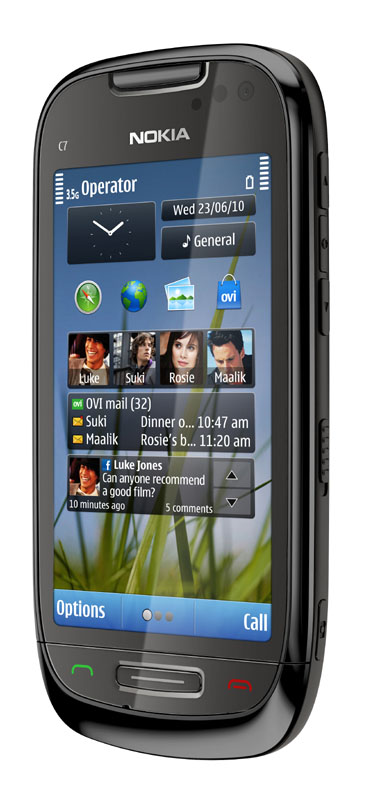 China Mobile is the world’s largest telecom operator ranking as the largest carrier in the world in terms of customer base. Its scale is also unparalleled with services including voice data, IP telephony and multimedia. China Mobile has recently been investing in Linux, in its OPhone mobile operating system, and has developed a cloud computing system based on open source software. Its membership in The Linux Foundation shows its further commitment to the Linux platform.
China Mobile is the world’s largest telecom operator ranking as the largest carrier in the world in terms of customer base. Its scale is also unparalleled with services including voice data, IP telephony and multimedia. China Mobile has recently been investing in Linux, in its OPhone mobile operating system, and has developed a cloud computing system based on open source software. Its membership in The Linux Foundation shows its further commitment to the Linux platform.
The Linux Foundation is engaged in the worldwide promotion, training and standardization of Linux, fostering technical and marketing cooperation in the computing industry. The Foundation is one of the driving forces behind MeeGo, an open source operating system developed in coorperation with Nokia and Intel. The move to welcome China Mobile into the Linux Foundation will likely help development of MeeGo and establish it as a more widely used operating system in mobile phones.
“China Mobile’s decision to join The Linux Foundation and their commitment to Linux could represent a seismic step toward a realignment of OSes in China and in the telecommunications industry,” said Jim Zemlin, executive director at The Linux Foundation. “For The Linux Foundation, the opportunity to present Linux as a choice to 560 million users is a power-packed proposition.”
The Linux Foundation has three levels of membership: Platinum, Gold and Silver. At present, there are approximately 100 members, including seven Platinum members and, with the membership of China Mobile, ten Gold members.
In recent years, China has played an increasingly important role in Linux. Chinese developers have contributed to Linux kernel development, and Linux has been widely used in commerce and education in China. According to a research report jointly issued by Springboard Research and Spiceworks, the utilization rate of Linux servers among SMEs in the Asia Pacific region now exceeds 25 percent, which is higher than the world average.


